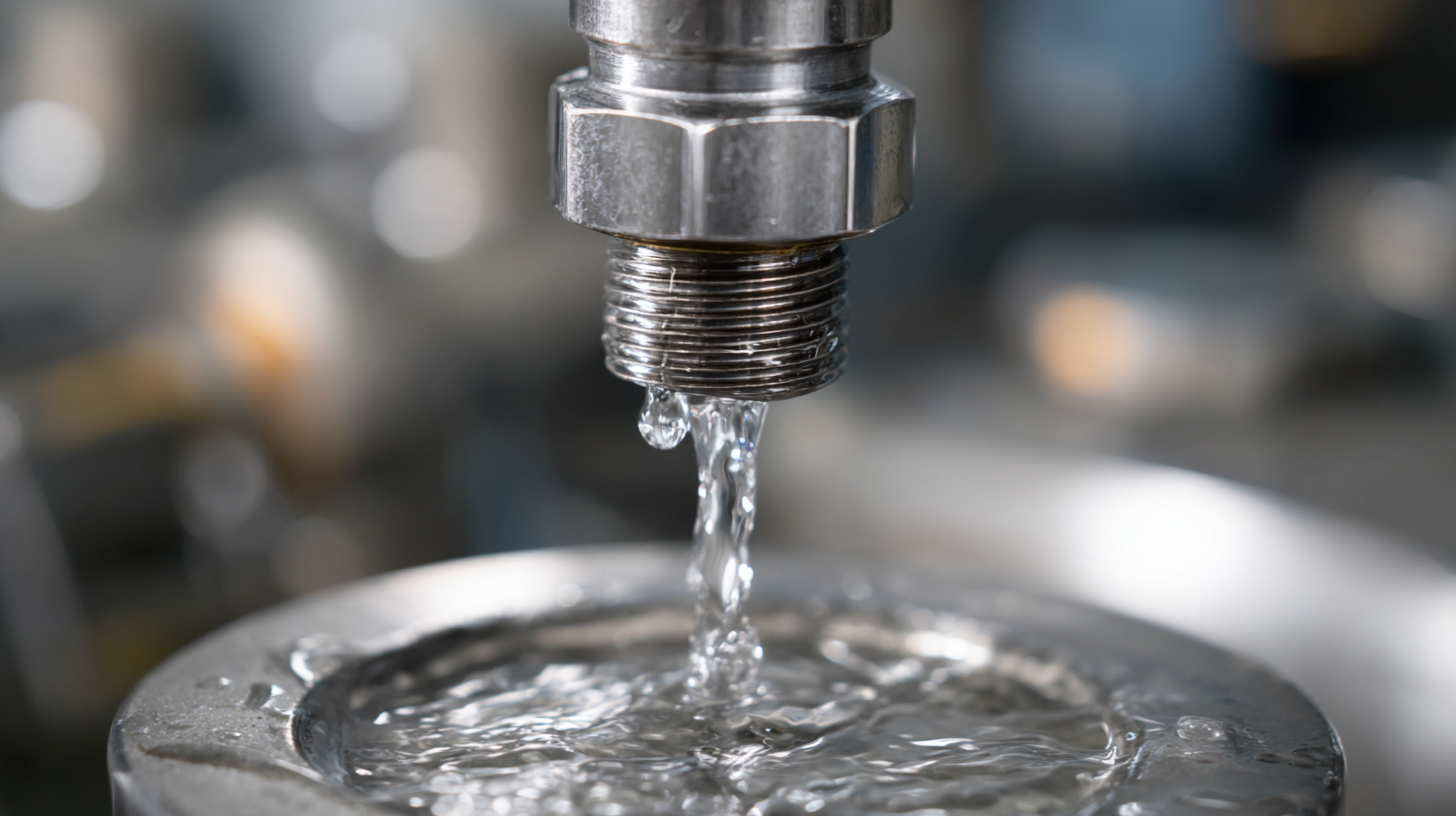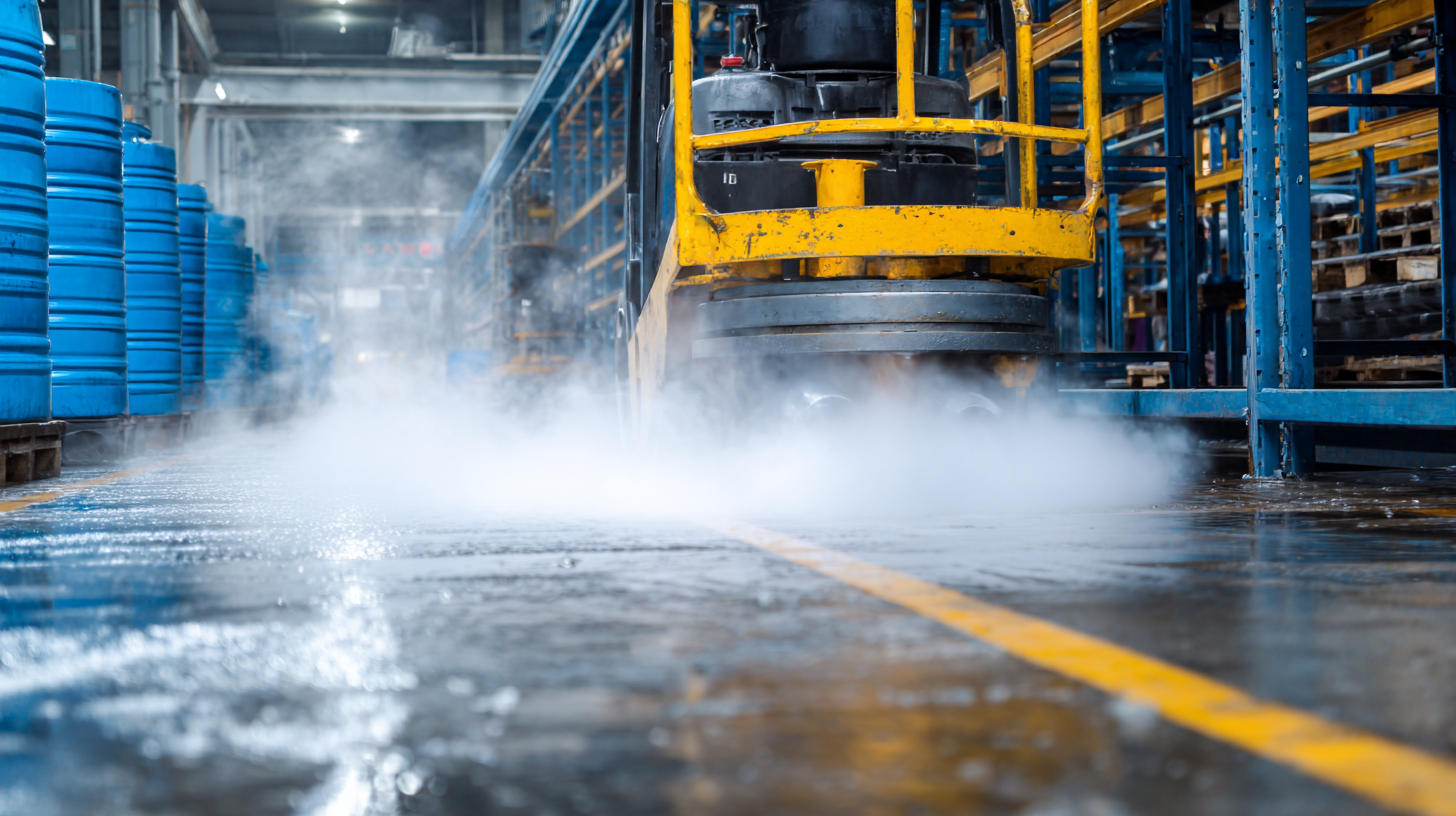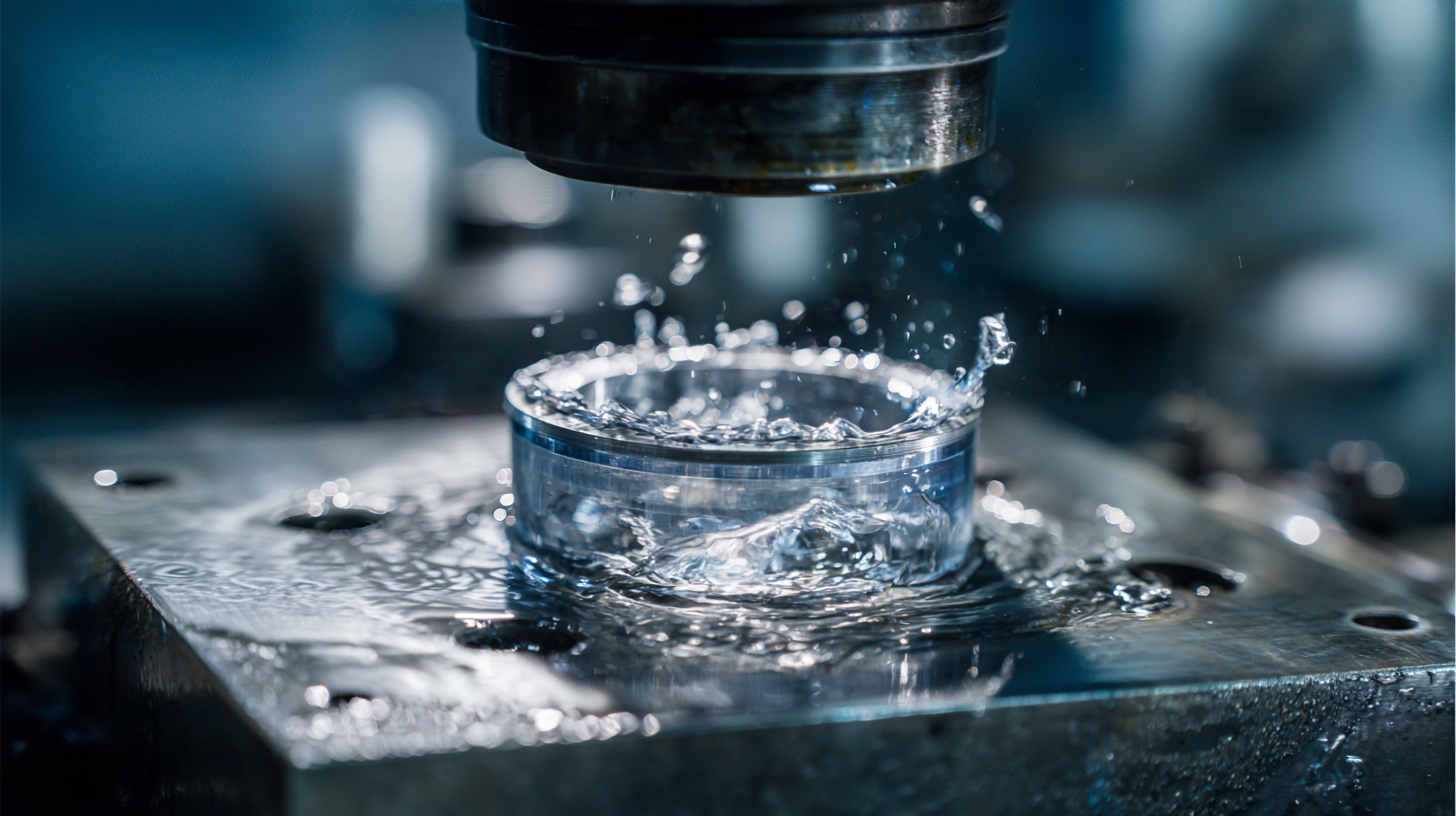
- sales@bjbod.com
- Mon - Sat at 7:00AM to 9:00PM

In 2025, the importance of effective water removal technologies has never been more apparent, particularly in various industrial applications. According to a recent industry report by Market Research Future, the global market for compressed water removers is expected to grow significantly, driven by increased demand across sectors such as manufacturing, construction, and agriculture. This growth is fueled by the need for improved operational efficiency and the reduction of water-related issues that can lead to costly downtimes and quality control problems. The compressed water remover technology not only enhances productivity but also complies with stricter environmental regulations, providing a sustainable solution to water management challenges.

In this blog, we will explore seven compelling case studies that demonstrate the effectiveness of the best compressed water remover systems, showcasing how they have successfully transformed operations and driven substantial cost savings across diverse industries.
Compressed water removal technology offers significant advantages across various industries, streamlining operations and enhancing overall efficiency. One of the key benefits is its ability to quickly and effectively eliminate moisture from surfaces, which is crucial in sectors such as manufacturing and food processing. By utilizing high-pressure compressed air, businesses can prevent the deterioration of products, reduce the risk of contamination, and maintain product quality, leading to greater customer satisfaction.
Additionally, this technology is environmentally friendly. Many industrial applications require the removal of water without the use of harmful chemicals, making compressed water removal a sustainable choice. Many companies have reported decreased water usage and a reduction in waste disposal costs, showcasing a commitment to both operational efficiency and environmental responsibility. As industries increasingly prioritize sustainable practices, compressed water removal stands out as a smart solution that aligns with green initiatives while ensuring optimal performance.
| Industry | Challenge | Solution Implemented | Results Achieved | Key Advantages |
|---|---|---|---|---|
| Manufacturing | Excess moisture leading to defects | Compressed water removal system | 30% reduction in defects | Improved product quality |
| Food Processing | Contamination risk due to water | Advanced compressed water extractor | Elimination of 99% water contamination | Enhanced food safety |
| Textiles | High water usage in dyeing | Compressed air water removal technique | Decrease of 40% water consumption | Cost-effective and sustainable |
| Electronics | Moisture affecting components | Compressed vapor removal system | Double life span of electronic components | Enhanced reliability |
| Pharmaceuticals | Clarity and purity of products | High-efficiency compressed water removal | Increased purity levels by 25% | Regulatory compliance |
| Oil & Gas | Managing water waste | Compressed gas separation units | Reduction of water waste by 50% | Cost savings and environmental impact |
| Construction | Excess water in materials | On-site compressed water evacuators | Improved drying times | Faster project completion |
In the automotive sector, effective water removal is crucial for enhancing production efficiency and ensuring the quality of finished products. According to a recent report by the International Journal of Automotive Technology, water contamination in assembly processes can lead to paint defects, corrosion, and increased cycle times, ultimately affecting the bottom line. Industry data indicates that implementing advanced compressed water removal systems can reduce cycle times by up to 20%, allowing manufacturers to produce vehicles at a faster pace while maintaining high standards.
One notable case study highlights a leading automotive manufacturer that adopted state-of-the-art compressed water removal technology. By integrating this system into their production line, they were able to eliminate up to 95% of water impurities before critical processes like painting and welding. As a result, the company reported a 15% decrease in rework due to paint defects and a significant reduction in downtime caused by equipment corrosion. These improvements not only optimized their operations but also strengthened their competitive edge in the market, showcasing the profound impact of efficient water removal systems on production performance in the automotive industry.

In the fast-paced world of electronics manufacturing, water management plays a critical role in enhancing product quality. Case Study 2 from the series "7 Industry Case Studies Showcasing the Effectiveness of the Best Compressed Water Remover" highlights how a leading electronics manufacturer implemented advanced water management strategies to mitigate water-related quality issues. By utilizing state-of-the-art compressed water removal technologies, the company was able to significantly reduce moisture levels in critical components, which in turn minimized defects and enhanced the overall reliability of their products.
The integration of digital technologies into this water management process not only streamlined operations but also positioned the company as a pioneer in sustainable manufacturing practices. With insights gleaned from current trends in artificial intelligence and the Internet of Things (IoT), the manufacturer optimized water usage and improved crop productivity within their supply chain, reflecting the broader industry move towards smart and sustainable practices. This case exemplifies how embracing innovative solutions in water management not only boosts product quality but also aligns with environmental sustainability goals, essential for today’s manufacturing landscape.
In the food processing industry, ensuring the safety and freshness of products is paramount. Advanced water removal solutions are instrumental in achieving these goals, effectively reducing moisture content that can lead to spoilage and bacterial growth. Case study 3 illustrates how a leading food processing company integrated state-of-the-art compressed water removers into their production line. By decreasing water content in products such as fruits and vegetables, they not only extended shelf life but also enhanced the texture and taste of their offerings.
The implementation of these advanced systems led to a significant decrease in waste and an increase in overall efficiency. In this case, the company reported a 30% reduction in spoilage rates, demonstrating the direct correlation between effective water removal and product quality. Moreover, the ability to maintain optimal moisture levels ensured compliance with stringent food safety regulations, providing consumers with products that are both safe and fresh. This case study serves as a compelling example of how embracing innovative technology can transform food processing practices for the better.
In the pharmaceutical industry, maintaining stringent quality control and efficiency in production is paramount. One of the significant challenges faced by manufacturers is the presence of compressed water in their systems, which can lead to contamination and operational inefficiencies. The implementation of high-quality compressed water removal solutions has proven to be a transformative approach for these companies. By effectively removing excess moisture and contaminants, manufacturers are able to streamline their operations and ensure product integrity.
A recent case study highlights the success of a leading pharmaceutical firm that integrated advanced compressed water removal technology into its manufacturing process. The results were remarkable: not only did the solution reduce downtime caused by system malfunctions, but it also enhanced the overall reliability of their production lines. As a consequence, the company reported a significant increase in output while maintaining rigorous compliance with industry standards. This specific investment in compressed water solutions not only optimized their workflow but also contributed to the bottom line, demonstrating the critical role such technologies play in the pharmaceutical sector.
